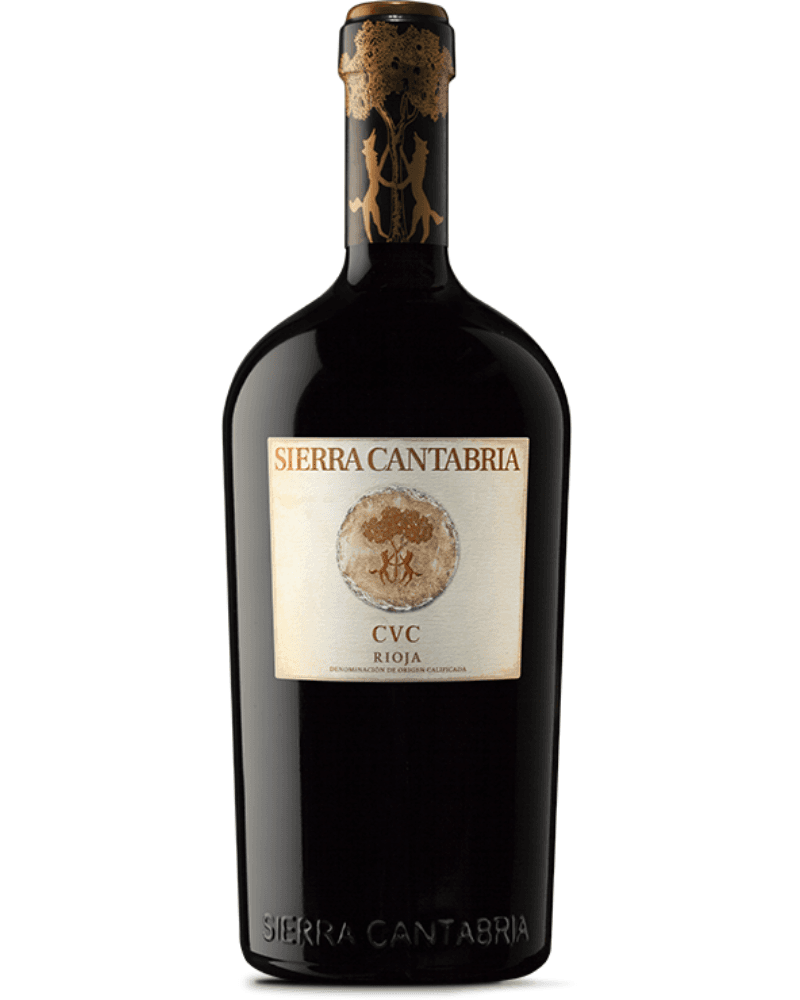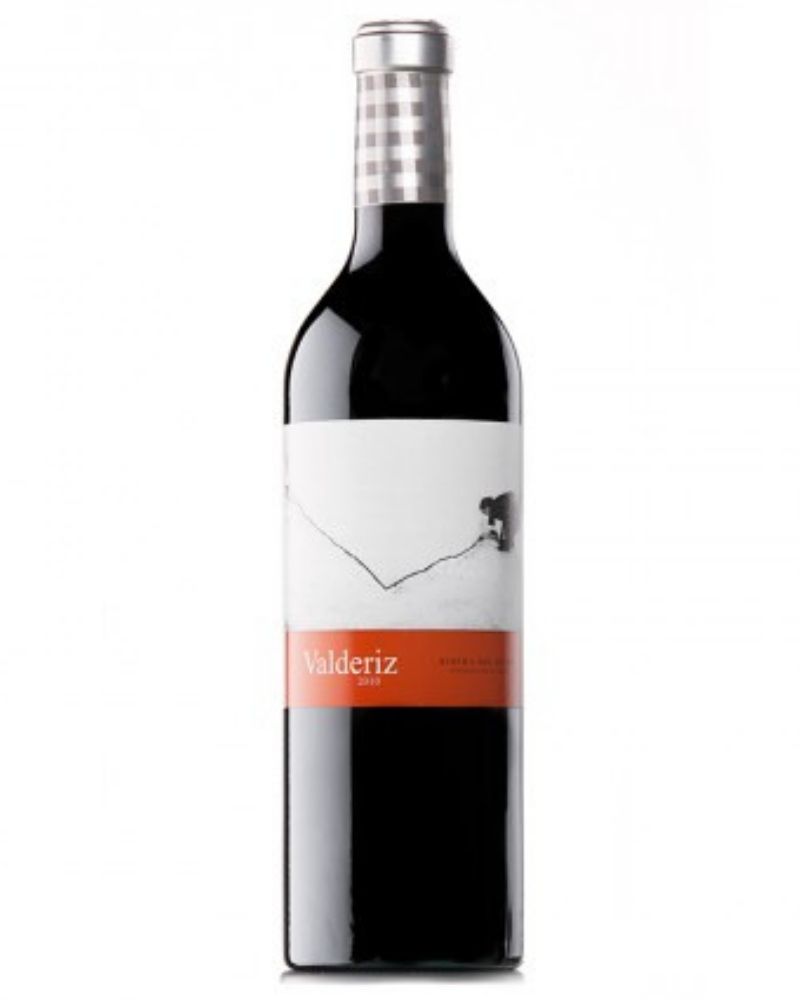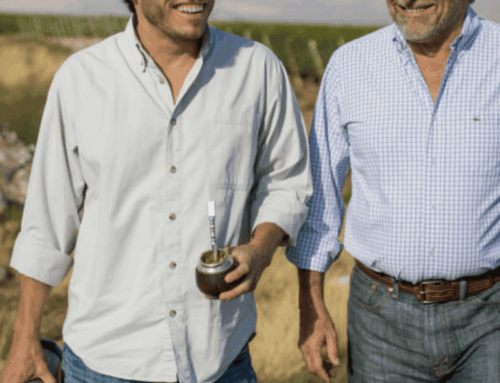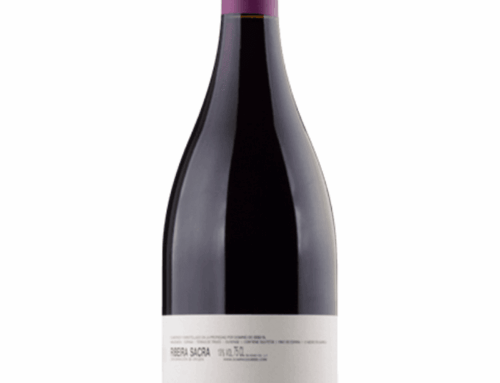Tempranillo
Tempranillo represents 201.235 has of planted vines in Spain, it is ranked 2nd right after Aíren (white grape variety, and mostly planted in center Spain).
On one hand tempranillo is responsible for some of the best red wines from the Iberian Peninsula.
Teso La Monja from Toro, La Nieta from la Rioja or the world famous Vega Sicilia in Ribera del Duero.
On the other hand, it also has the merit to offer some stunning value’s wines from many different regions. Great values such as Paso A Paso from La Mancha, the tremendous and supple wines from Lopez Cristobal in Ribera del Duero or the long ageing wine from Valderiz in Ribera del Duero too! Although it is clear that it thrives in the northern part of the country, avoiding the Mediterranean part and the hot southern climate.
First of all, our little introduction tells us that Tempranillo is able to achieve a fairly wide spectrum of styles :
Starting with traditional to modern, early drinking, long cellaring, light-bodied to full-bodied, heavily oaked to gently or not at all. Rosé and some white.
Speaking of unaoked tempranillo, Viñedos y Bodegas Valderiz is producing a terribly affordable wine called Valdehermoso Joven. 100% Tinta del País, but totally unoaked that has the mind-blowing ability to age beautifully for 4 to 7 years after being released.
Recently, it has been discovered that Tempranillo is the offspring of 2 local varieties :
Albillo Mayor X Benedicto
It is planted and authorized in many DOs through Spain, and carry many different names.
- Tinto Fino
- Tinta del País
- Tinta de Toro
- Cencibel
- Ull de llebre
- Arauxo..
But also planted in Portugal where it is called Tinta Roriz or Aragones. It is widely is in Port’s production.
In California, it is sometimes called Valdepeñas
As a cultivar, it is an early ripener, the word Tempranillo comes from Temprano, which means early. Quite valuable to know that it is sensitive to hydric stress and to odium. Furthermore, it has a fairly thick skin and quite a low acidity. Hence, most wine-makers that will pick up late, reaching physiologic maturity, will acidify their wines.
Being a tremendous and popular varietal, many different clones are available. Bodega Roda has worked on cultivating and preserving old clones that were close to extinction, 12 clones to be exact, that are named after the estate. Now they come very advantageous as global warming require clones that are more suitable for new climate’s conditions such as drought, excess of sun, heat…
To make it simpler. it is generally accepted that there is 2 clones : The rioja one and the other from Ribera del Duero named Tinta del País.
Juan Esteban, owner of Bodegas Valderiz, once explained to me that Tinta del País is a specific biotype. A different clone that exhibits smaller berries with a thicker skin, and that the bunch only had one wing. (the Tempranillo’s clone from La Rioja has 2).
So you will understand that our Tempranillo from la Rioja has thinner skin, bigger berries and, in general, 2 wings.
In la rioja, there is also some Tempranillo Peludo. A sub-variety that was close to oblivion due do its production’s characteristics :
Low productivity, difficult to grow and sensitive to disease with a thinner skin. Great quality!
Well in 1985, Marcos Eguren’s father from Sierra Cantabria was planting at least 18 has of Tempranillo Peludo in the now highly recognized village of San Vicente de la Sonsierra. Quite a pioneer, I would say! And it became a flagship wine of the area : San Vicente.
We must not forget that Tinta de Toro also offers slightly different wines, and it is accepted b y some as different genotype. The berries tend to be smaller than Tinta del País, and also the skin are pretty thick.
Last but no the least, it exists a white mutation of Tempranillo, found in La rioja, simply called Tempranillo blanco.
Blend – Coupage – Cupage
Traditionally in la Rioja, Tempranillo was sometimes cultivated with other varieties. A old fashioned planting technique called Vidau : Where in the same vineyard you will find, randomly, Tempranillo, mazuelo, garnacha, Graciano, calagraño…Well all sort of local varietals
Although some part of la Rioja (more 62.000 has) are not particularly suited for growing Tempranillo. The “Oriental” part around the Town of Alfaro, enjoys a warmer climate and Garnacha does better, although there are exceptions.
Anyway, in the old days and still done to this day, big wineries use to source garnacha wines from the easten part of La Rioja in order to boost their tempranillo’s wines with it. In order to add more complexity and to give a rounder palate to their wines.
Ribera del Duero has other local variety, surely, the white Albillo would be the more recognized, the DO authorized Cabernet Sauvignon, Malbec and Merlot.
Aromatic profile :
As we have seen above, Tempranillo is planted in many different places and produces truly different wines. If yields are too high then it will produce a palatable wine but with no character. When decently made, it exhibits a medium to full-bodied wine with ripe strawberry fruits with soft tannins, and layers of complexity with savoryness.
Oak treatment
Sometimes I quite like to compare Tempranillo with Chardonnay, especially when it comes to oak aging. It is only fair to say that tempranillo takes oak treatment very well, whether it is French, American, Eastern Europe, new/Old or different size.
Traditionally, American oak was widely used in Spain but in the past 20 years French oak has clearly gained ground.
All the caramel, vanilla, coconut flavor that we find in Tempranillos comes from the Oak Treatment.
Aging capacity
The great thing about Tempranillo is its ability to offer wines that can age beautifully, but still are highly enjoyable in their youth.
Unoaked wines, as mentioned above, Valdehermoso Joven is a impressive wine that has not gone through oak treatment and is able to age 5/7 years. (their top wine too)
Marcos Eguren, from Sierra Cantabria, has not released any, officially, but there are some San Vicente’s bottlings that are totally unoaked. And the result is mind blowing!
Obviously, many top wines are oak aged and show great capacity for ageing: Vega Sicilia, Valderiz, Neo, Las Cabezadas de Matadula, La Nieta, Amancio, Alabaster, Vatan Arena..
And classic wines from La Rioja from 1964 or even 1958 are still highly enjoyable, but quite impossible to find in perfect condition…
please follow the link below and find our finest selection of Tempranillo.








